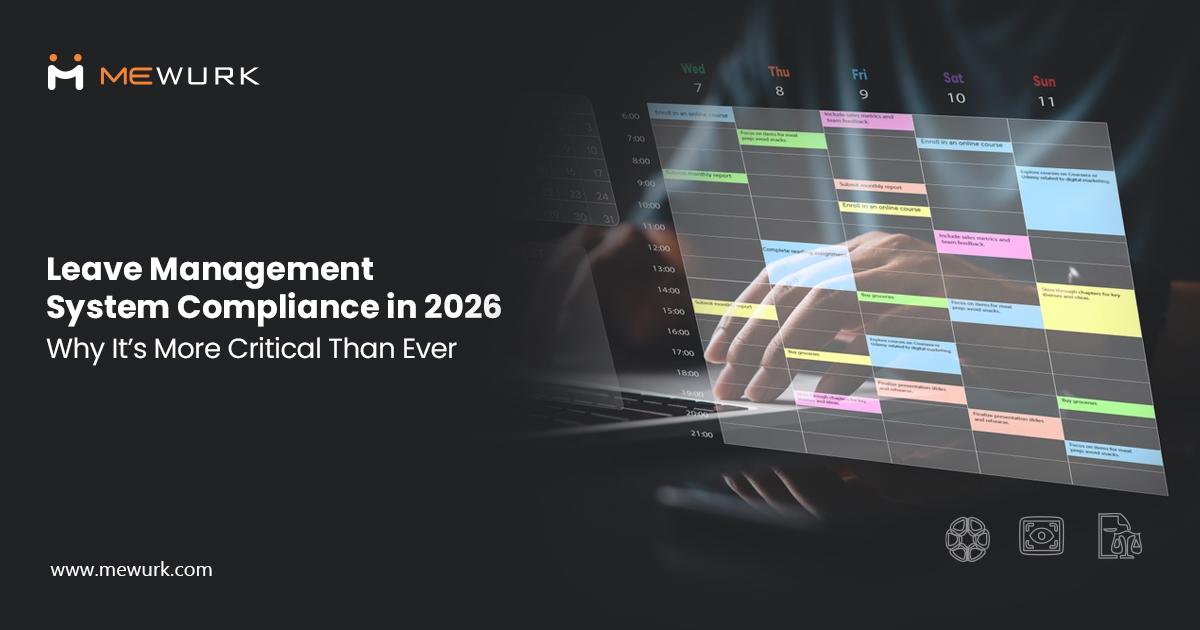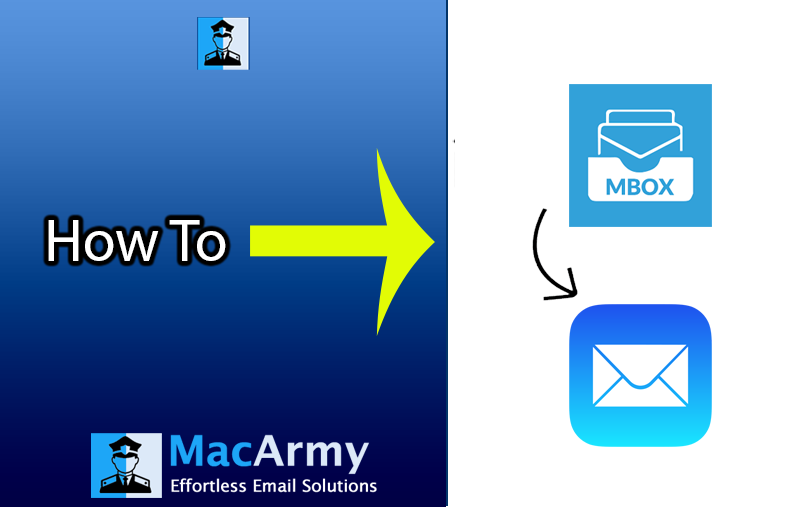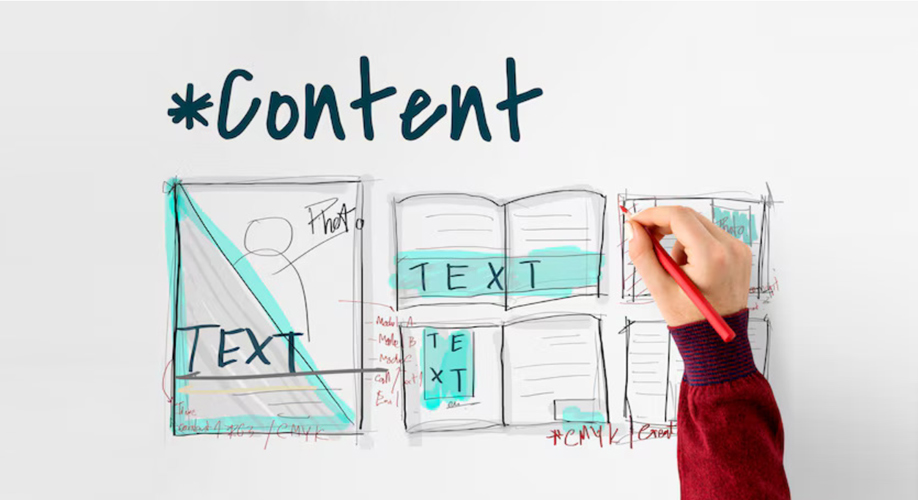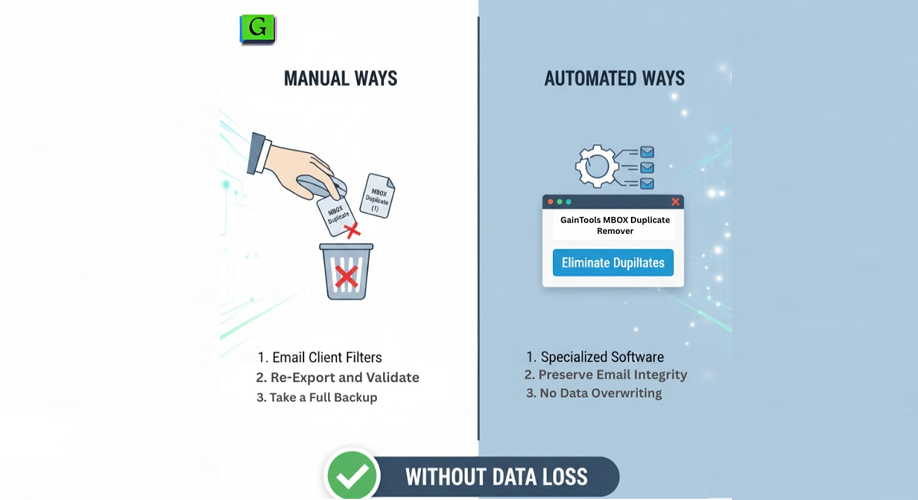There will be a moment when every HR leader eventually realises that managing employee leave can’t be limited to a sheer admin task. It will be something that centres around a set of rules that keep shifting just enough each year to catch you off guard.
And in 2026, with all the new labour codes and the half-in, half-out hybrid work culture, Indian organisations can’t afford to ignore it anymore.
So let’s walk through how leave management system compliance is changing in 2026, and what organisations need if they want to keep it on solid ground and ahead of any trouble.
What Is Leave Policy Compliance?
Leave policy compliance is simply this: following the statutory leave rules the Indian government has laid down, so that work responsibilities don’t take over people’s lives. It’s meant to create a fair rhythm between working days and the right to step away from work without guilt.
When we talk about leave policy compliance, one important element to factor in is leave category. The leave categories haven’t changed much on paper. The Key types of statutory leaves under the Indian labour law include:
- Casual Leave, usually 6–12 days
- Sick Leave, roughly 10–12 days
- Earned Leave, earned at a steady pace — one day for every 20 worked
- Maternity Leave, up to 26 weeks
- Public Holidays, decided by each state and your own company calendar
Each organisation must design a leave policy that meets these statutory requirements. And this is where leave management software makes life easier.
Once you’ve finalized the leave types for your team and drafted the policy, the leave management system lets you configure everything so the rules are followed consistently.
New HR Compliance Trends and Labour Law Reforms for 2026
If there's one thing the Indian labour landscape loves, it's a long-term rollout. The reforms don’t come as a clean overnight switch; they arrive in waves. In 2026, the waves matter.
1. Unified Labour Codes Implementation
The four labour codes, wages, social security, OSH, and industrial relations, are moving toward uniformity. When they fully land, leave structures across states will start looking more aligned. As a result, using a single online leave management system, you will be able to manage leave across several departments, offices or locations.
2. Digital Leave Recordkeeping
Manual attendance and time off request registers are fast becoming outdated. The government wants clean digital trails. If you have the records written in a diary which is kept somewhere in the HR cabinet, it’s already non-compliant in spirit.
3. Gender-Neutral Leave Policies
Companies are inching toward policies that treat life events like adoption, paternity, and health needs as shared responsibilities. Leave management system compliance will start reflecting this broader, more modern view.
4. Hybrid & Remote Work Compliance
Remote employees scattered across states complicate leave tracking. A cloud-based leave management system is the only way to stay consistent when your workforce isn’t sitting under the same roof.
Why Leave Management System Compliance Matters in 2026?
2026 is shaping up to be a year where regulators want proof rather than promises. And no HR leader wants to explain a miscalculated leave balance in front of a labour inspector. Here are the top scenarios demanding leave management system compliance in the year 2026.
1. Legal Protection and Risk Reduction
Automation calculates time off requests or management according to the policy you will configure in the leave management system every single time, which is something that cannot be managed through manual processes.
2. Payroll Accuracy
Leave and payroll are attached at the hip. When one slips, the other bruises. Integrated systems prevent those embarrassing payroll errors that domino into employee distrust.
3. Transparency and Trust
Employees like seeing what they’re entitled to. They trust systems that show their leave balances clearly instead of HR’s ‘let me check and revert’ promises.
4. Real-Time Compliance Updates
A modern LMS leave management system adjusts itself to new rules the way your phone updates overnight. It happens silently but thoroughly.
How a Leave Management System Ensures Compliance?
Leave compliance becomes much easier when you do it in collaboration with sophisticated leave management software. Here are some ways in which it aids your compliance workflow.
1. Centralised Policy Configuration
Using a leave management system is equal to using one system to hold all the variations of different states, different departments, and different employee types without HR switching between different spreadsheets simultaneously
2. Automated Leave Calculations
Leave management system does the accruals, carry-forwards, encashments, etc., according to the pre-set rules. Once you have things in the rules, the automation is all set to do the rest of the headwork for you.
3. Digital Audit Trails
Digital time off management solutions coordinate the entire audit workflow in one clean dashboard. You will have a complete record of every approval, decline, with an audit-ready timeline without having to filter through old emails.
4. Integration with Payroll and Attendance
Attendance errors are the leading cause of payroll errors. Sometimes, even if you have correct attendance data, the connected system closes that loophole.
Key Features of a Compliance-Ready LMS
A leave management system designed with compliance in mind comes with the following essential characteristics.
- Multi-state policy configuration
- Automated accrual and encashment rules
- Statutory leave mapping for various Acts
- Holiday and shift scheduling
- Custom approvals
- Compliance alerts
- Employee self-service
- Integrations with biometric devices and payroll
- Cloud security and access logs
Key Challenges Organisations Face Without LMS Compliance
While there is no law mandating that organisations should use a compliance-ready leave management software solution, the reluctance to switch to modern workarounds can potentially land teams with he following challenges.
- Implementation of branch/department-specific leave policies becomes too difficult to manage.
- Miscalculation of leaves based on policies or individual records starts happening more often.
- Carry-forward balances will turn into a confusing, time-consuming task to handle.
- Leave auditing will shift from routine checks to a full-blown high-pressure situation.
- Employees begin to feel their leave isn’t being handled consistently or fairly.
Pro Tips to Prepare Your Organisation for 2026 Leave Compliance
Here is the essential preparation checklist for HR leaders to ensure leave management system compliance in 2026
Audit your current leave policy
Compare your current leave policy against state laws and the labour codes.
Digitise leave & attendance records
Future audits will be done with the help of automation tools. To prepare yourself for such changes, start digitalising your attendance and leave records now.
Train HR & managers
Even having the best leave policies or leave management system doesn’t make sense if the people handling them don’t understand them.
Integrate systems
Payroll, attendance, and leave work better as a trio. When you have these three connected, HR teams get a clearer picture of how people work and where small gaps are creating bigger challenges.
Choose a compliance-minded HR tech partner
Indian labour law has its fair share of intricate aspects, which make it impossible to handle as a DIY project. Look for a platform that reflects every leave and attendance rule with precision.
Conclusion
Did this guide help you understand what 2026 leave compliance will really demand? If it clarified the shifts ahead, it has done its job. As regulations tighten, a dependable leave management system becomes essential. Explore how Mewurk supports compliant, future-ready HR workflows.
FAQs
What are the key statutory leaves?
The rules mandating statutory leaves vary by state in India. However, the common ones are casual leave, sick leave, earned leave, maternity leave, and public holidays.
How often should companies update their leave policies?
At least once a year, or whenever new labour regulations are announced.
Is digital leave recordkeeping mandatory?
It is not mandatory as of now, but reports show that future audits will be done digitally with the help of AI-supported tools. Obviously, this would necessitate digital leave recordkeeping.
Can an LMS leave management system deliver complete compliance?
Yes. Once you have correctly configured a leave management system with the correct rules, it can execute them flawlessly. Please note that the extent of compliance you can achieve will depend on the level of sophistication and rule integration your leave management system supports.
How can startups with small teams stay compliant with evolving leave laws?
Startups should adopt a cloud-based leave management system that comes with built-in compliance templates, multi-state policy support, automated accruals, and digital audit trails. Mewurk is an ideal leave management software solution for SMEs.















Add Comment